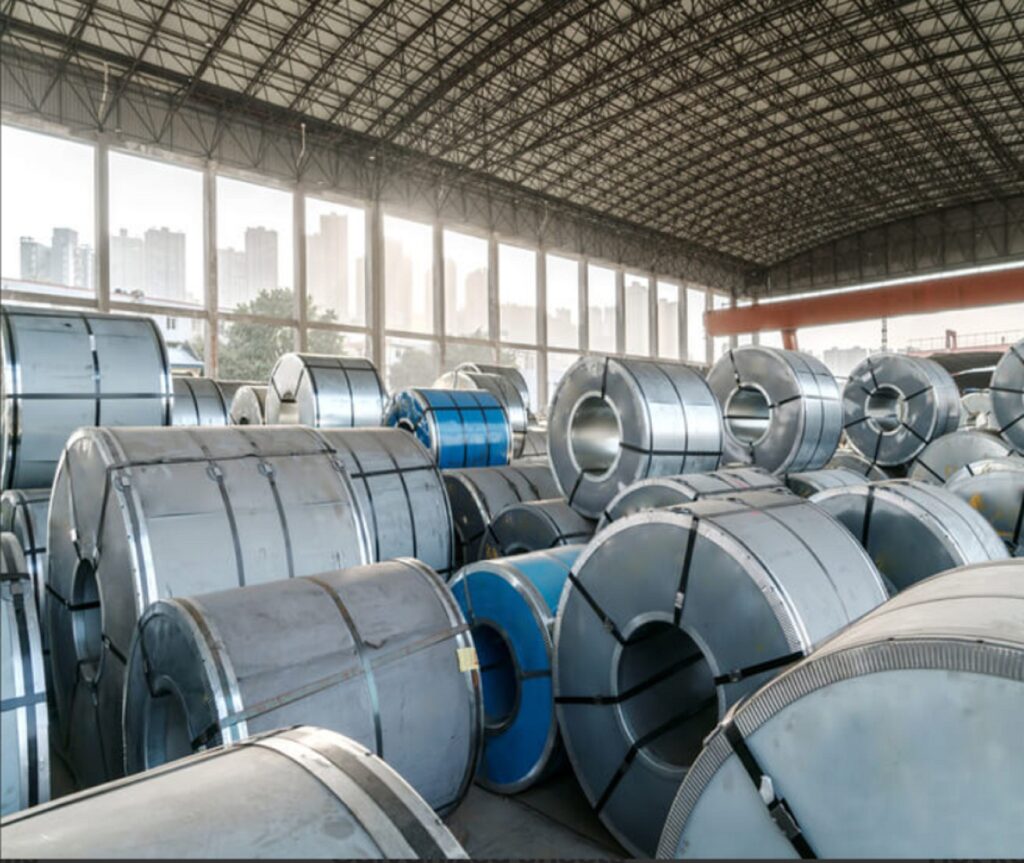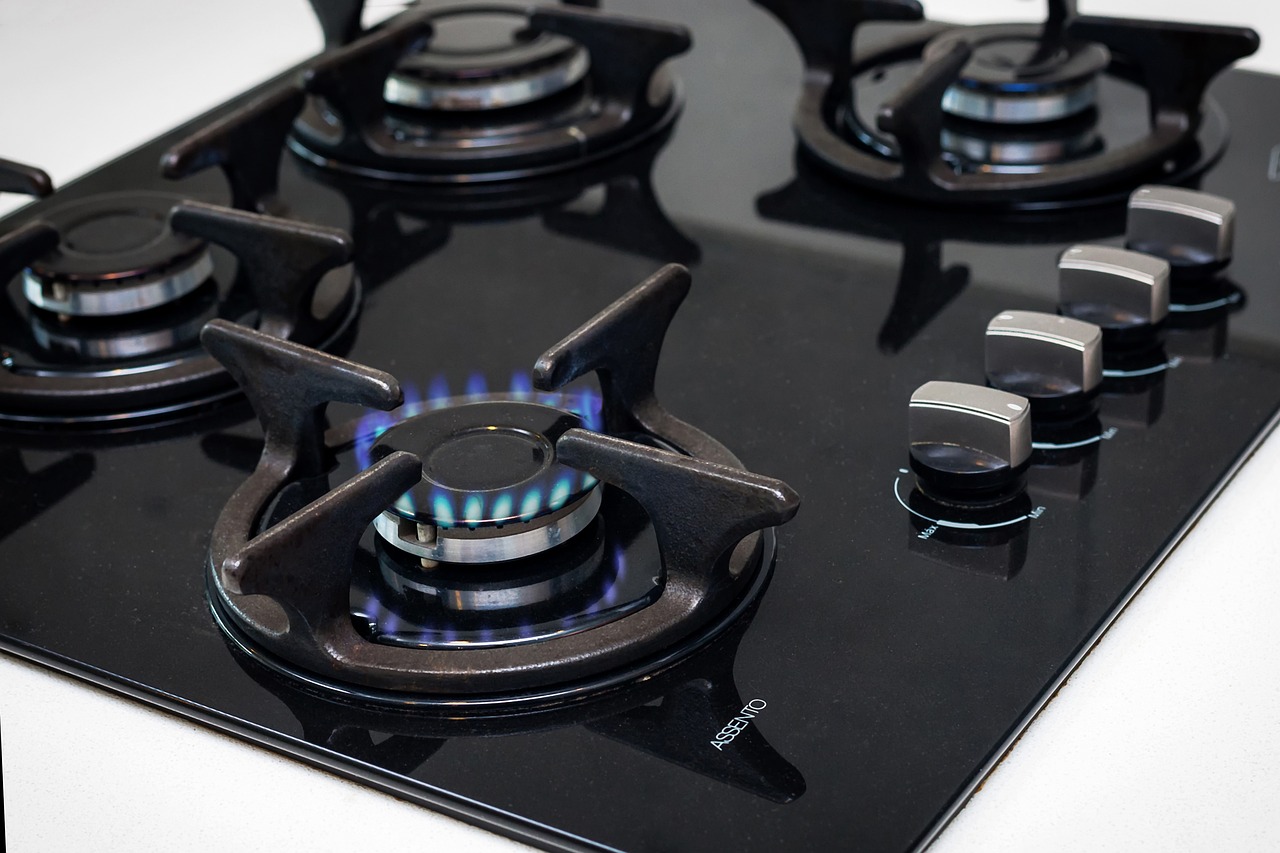No products in the cart.

How Propane Tanks Are Manufactured
In this article we’re going to take a deeper look at the intricate and fascinating manufacturing process of propane tanks, from raw steel to a finished product with valves. Let’s explore this amazing journey step by step. Firstly, propane tanks are typically made from hot-rolled steel, which is produced in large coils that are sent to the propane tank manufacturing facility. Once there, the steel is cut into the correct size for the propane tank.
Next, the steel is fed into a machine called a roll-former, which shapes the steel into the cylindrical body of the tank. The roll-former uses a series of rollers to bend and shape the steel into the correct shape, with each roller making a small change to the steel until it has been formed into a cylinder.
The next step is to weld the bottom of the tank onto the cylinder. This is done by placing a flat piece of steel onto the bottom of the cylinder and welding it in place. This creates a sturdy base for the tank that will support its weight and the weight of the propane inside.
The top of the tank is made in a similar way, but with an additional step of cutting a hole for the valve. Once the hole is cut, the valve is inserted and screwed into place. The valve is typically made from brass or aluminum and contains a safety device that prevents overfilling and ensures the propane can only be released when the valve is opened.
Once the body of the tank is complete, it is time for cleaning and painting. The tank is cleaned to remove any debris or contaminants that may have accumulated during the manufacturing process. The tank is then painted with a protective coating to prevent rust and corrosion.
Finally, the tanks are inspected for quality control. This involves checking the tanks for any defects, ensuring that the valve is functioning correctly, and testing the tank to ensure that it can safely hold the propane.
Different Uses For Propane Tanks
Propane tanks are often used for heating homes and powering appliances. Propane furnaces and boilers are a popular alternative to electric heating systems, as they are more efficient and cost-effective. Propane tanks can also power water heaters, stoves, and ovens, providing a reliable source of energy for cooking and cleaning.

In addition, propane tanks are often used for outdoor living spaces. Propane-fueled grills, fire pits, and patio heaters are popular among homeowners and add an extra element of comfort to outdoor living areas.
In commercial applications, propane tanks are used for a variety of purposes. One of the most common uses is forklifts, which are used in warehouses and factories to move heavy loads. Propane forklifts are more cost-effective than electric forklifts and can operate for longer periods without needing to be recharged.
Propane tanks are also used to power generators, which are essential in emergency situations when there is a power outage. Hospitals, data centers, and other critical infrastructure rely on propane-powered generators to maintain operations during power outages.
Propane is also used in agriculture, particularly in crop drying and irrigation. Propane-powered heaters and engines are commonly used to dry crops, as they can operate in a wide range of weather conditions and are more efficient than other fuel sources. Propane is also used in irrigation engines to pump water to crops, providing a reliable and efficient source of power for farmers.
